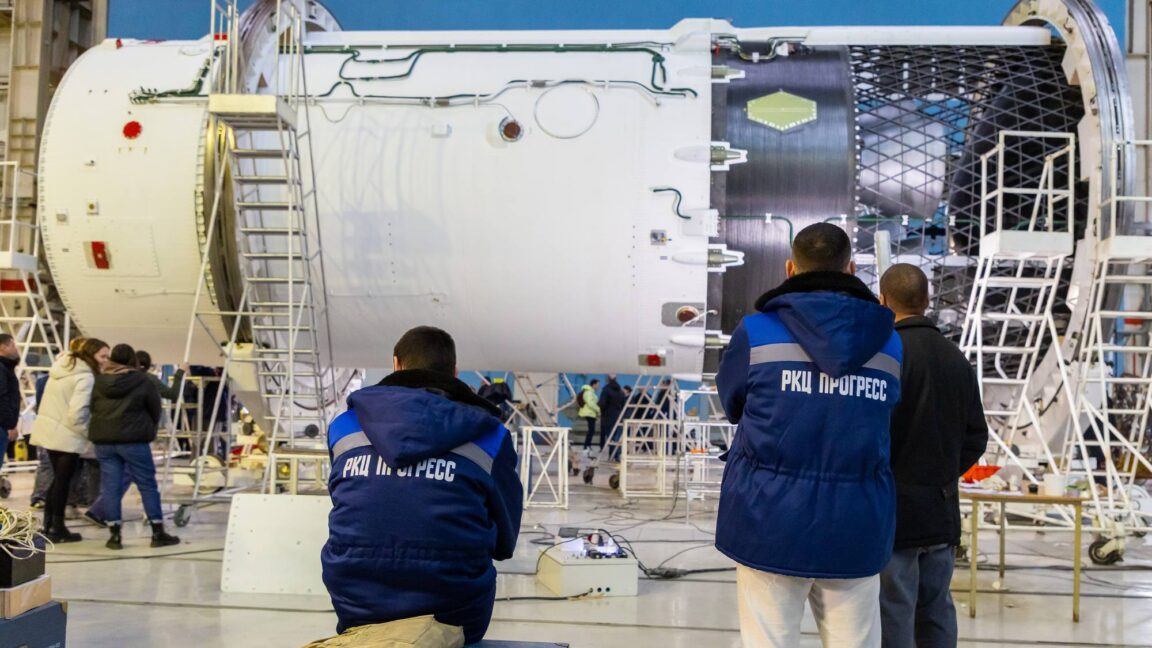
"The Soyuz 5 rocket, also named Irtysh for a river that flows through Russia and Kazakhstan, answers to that purpose. Its first stage is powered by a single RD-171MV engine, which at sea level has three times the thrust of a single Raptor 3 engine, and is part of a family of engines that are the most powerful liquid-fueled rocket engines in the world. The RD-171MV uses only Russian components."
"Russian officials also plan to use the Soyuz 5 rocket as the "boost" stage of a super-heavy lift rocket, known as Yenisei, that would be used for a human lunar program. However the Yenisei rocket seems to be one of those Russian space initiatives that is forever mired in a nebulous development stage-often talked about as a national priority, but rarely advanced."
"The Soyuz 5 slots in between the Soyuz 2 and Angara A5 rocket in terms of performance. So what demand is there for a rocket with 18 tons of capacity to low-Earth orbit? One concern is that the number of geostationary satellites launched annually, once the bread and butter of the Proton vehicle, has dropped precipitously. Another is Russia's invasion of Ukraine, which has taken Russian rockets off the table for many Western satellite operators."
Soyuz 5, also called Irtysh, is a Russian medium-heavy launch vehicle whose first stage is driven by a single RD-171MV engine delivering substantially higher sea-level thrust than a single Raptor 3 and using only Russian components. Russian officials plan to adapt Soyuz 5 as the boost stage for a proposed Yenisei super-heavy launcher for a crewed lunar program, though Yenisei remains stalled in development. Soyuz 5 fills a gap between Soyuz 2 and Angara A5 with roughly 18 tons to low-Earth orbit, but faces declining geostationary demand, loss of Western customers after the Ukraine invasion, and stiff competition from China, India, and SpaceX.
Read at Ars Technica
Unable to calculate read time
Collection
[
|
...
]